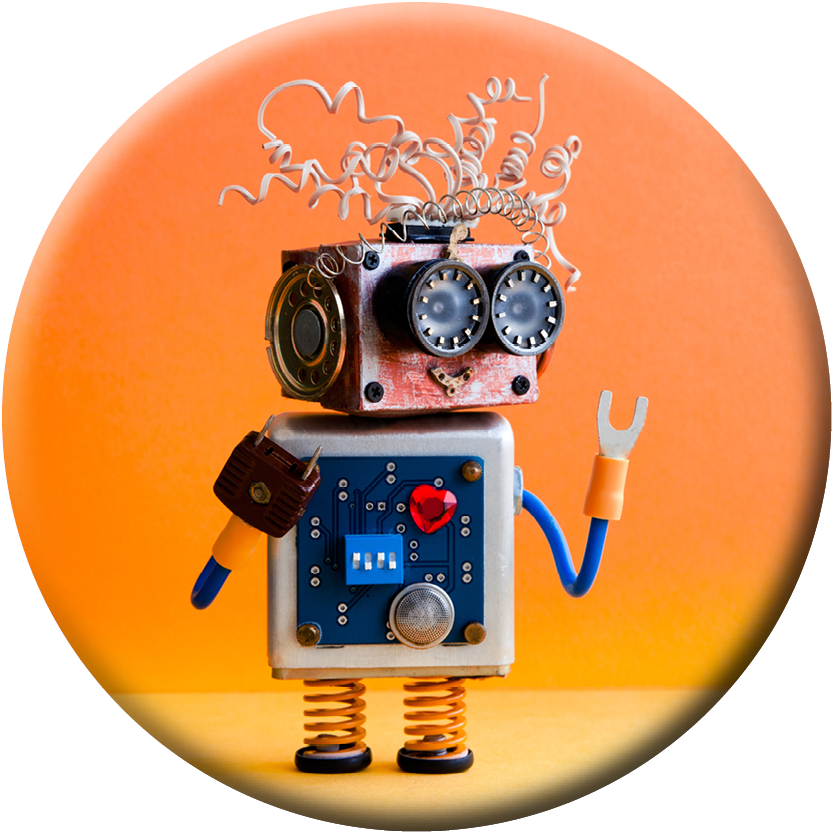When designing the content and flow of information for our client’s digital workplaces, the primary focus is always on how the experience is intended to benefit employees. Our goal is to create architectures that are intuitive, engaging, and help the user get the information that they need to get the most out of their job. Our clients often ask for a one-stop shop.
Task-based architectures allow us to do all the above and more. Read on to learn everything you need to know about task-based architectures.
What Are They?
You might have come across the term ‘task-based architecture’ from us or maybe even from your IT team. It might be a new phrase to you.
You are likely to already use task-based architectures without even knowing it. Essentially, task-based architecture is a design approach that focuses on the end goal the user is trying to achieve. In a digital employee experience an example might be where an employee is trying to find the company maternity policy. A task-based architecture presents a route that, when taken, helps the user to complete something they are trying to do.
A task-based architecture is a design principle that delivers a fundamentally practical and actionable outcome. This means the user shouldn’t need any prior information or training to complete their task.
Why Are They Important for the Digital Employee Experience?
When considering the digital employee experience, task-based architectures are crucial in allowing employees to be self-sufficient.
If we consider a new employee onboarding experience, delivering a task-based architecture means employees will be able to easily and intuitively locate their payslips, annual leave requests and get their laptop – even if these services live on different systems. The architecture serves to help employees in their first weeks to have a great experience of the workplace.
A task-based architecture also saves time for both employers and employees. When employees can locate information themselves without asking a colleague, productivity can be sustained, rather than dipping while an answer is given.
A prime example of task-based architectures being used effectively is from our client WPP Kinetic – a global leader in advertising. They have implemented a task-based architecture within their central hub, streamlining processes for employees working on client campaigns. As a result, employees have clear visibility into the client programme, allowing them to deliver projects efficiently, following best practices.
Contact Us Now to Learn How Our Task-Based Architectures Can Help You!
We provide organisations with task-based architectures in SharePoint Modern, for portals, intranets and digital workplaces.
For more information on our task-based architectures and how they can optimise your digital employee experience, get in touch now!




